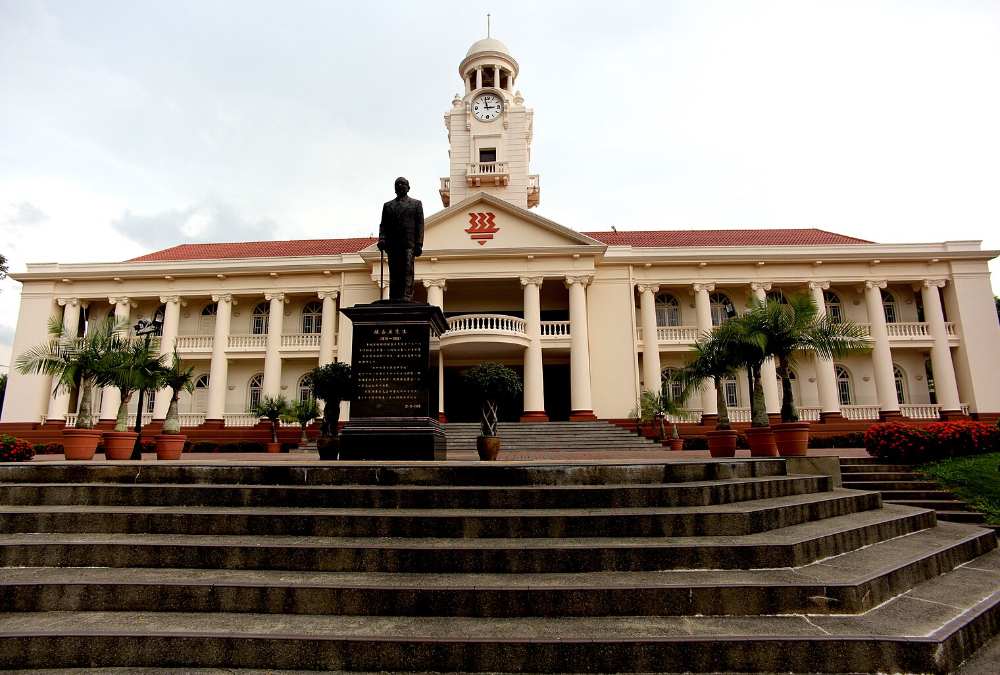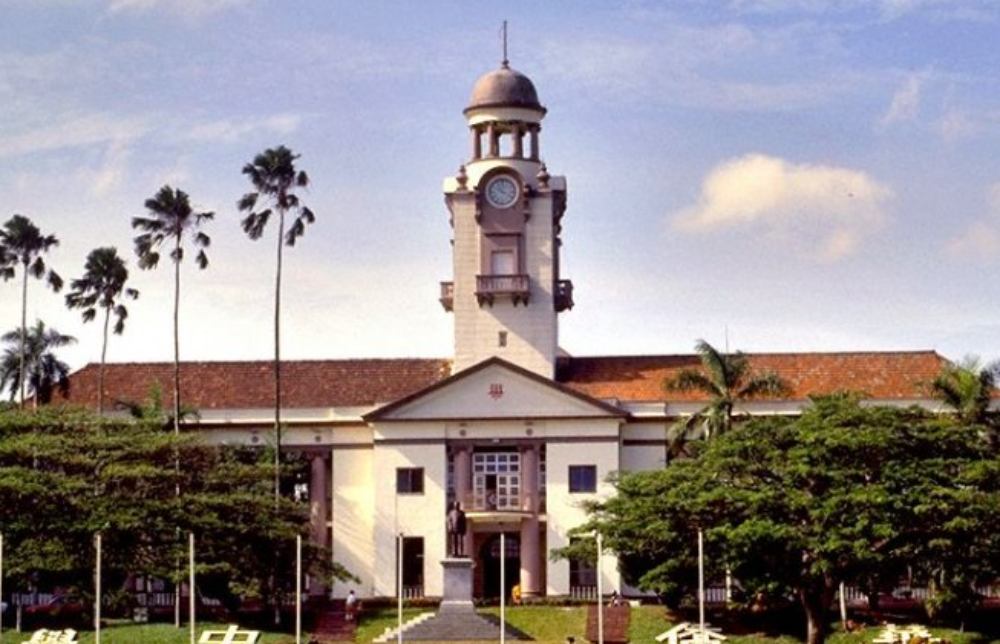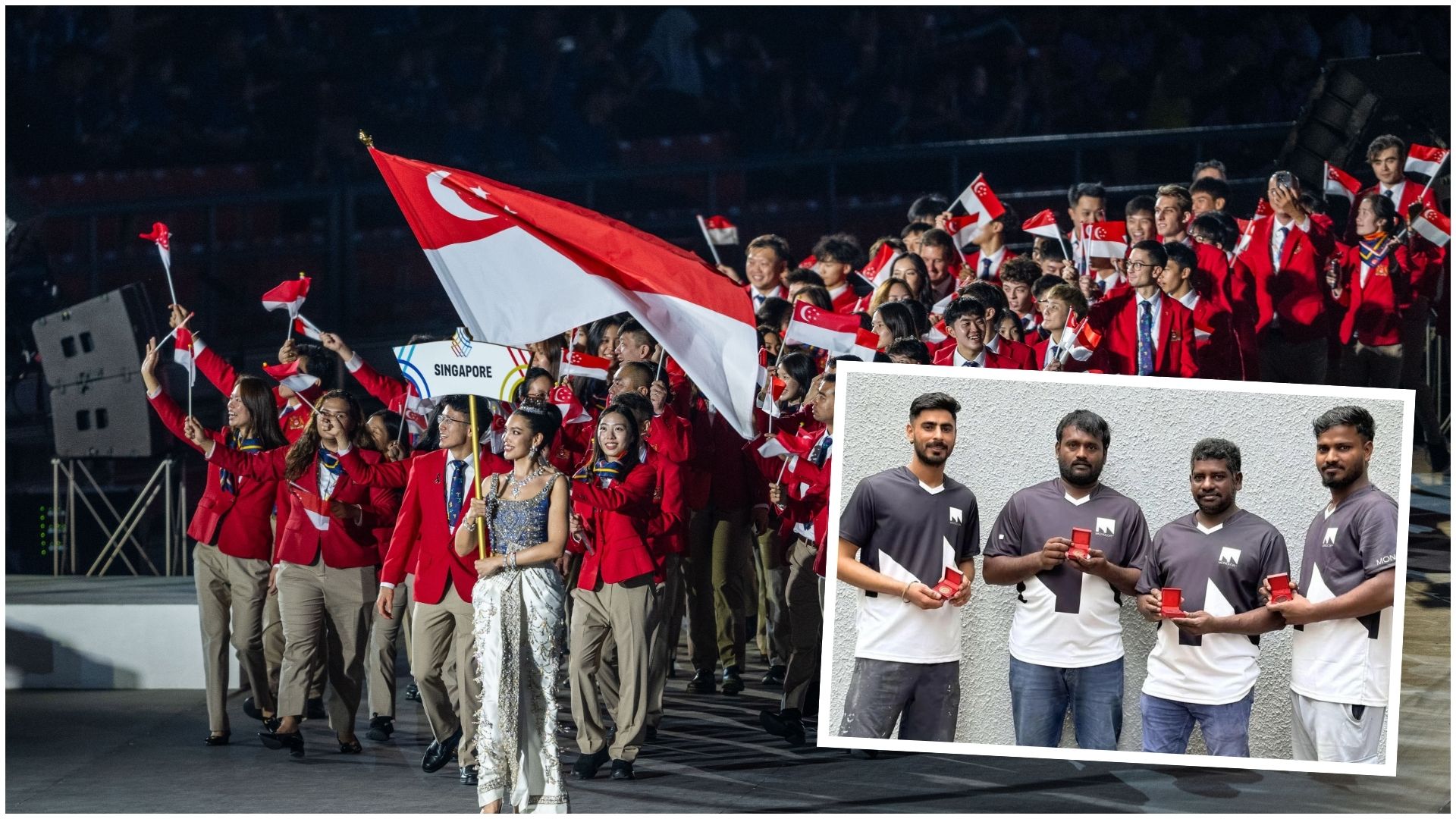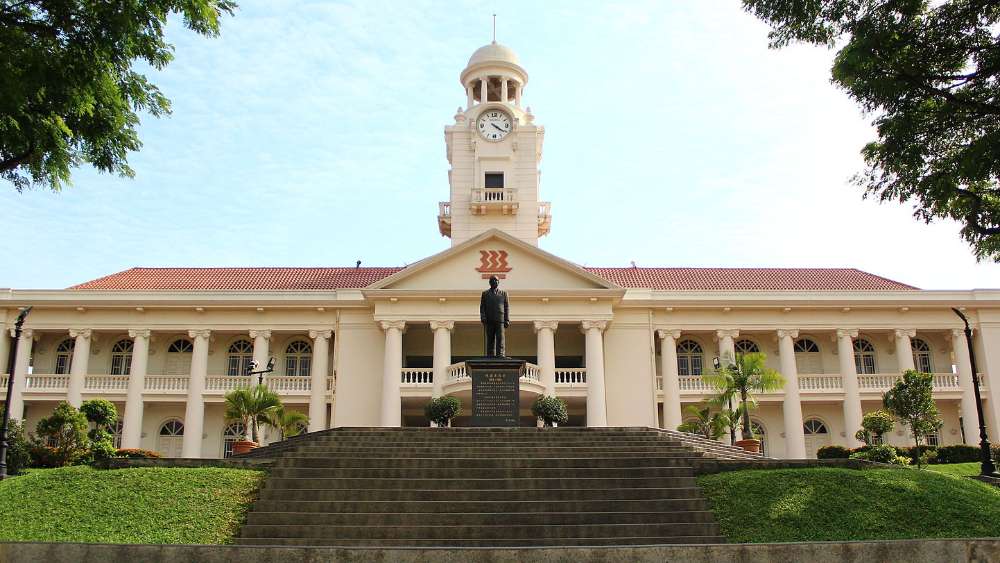National Monuments Of Singapore: The Chinese High School Clock Tower Building
What is a National Monument? Who gazettes them? How many national monuments are there in Singapore? To date, the Preservation of Sites and Monuments, a division of National Heritage Board, has identified and gazetted 75 buildings, structures and sites of national significance as an integral part of Singapore’s built heritage.
And we're here to tell you all about them - one National Monument at a time!
You've probably passed by or stepped into more than a few of them without realising they were National Monuments: Al-Abrar Mosque, Asian Civilisations Museum, the Civilian War Memorial, Saint Andrew's Cathedral, the Esplanade Park Memorials, Fort Siloso on Sentosa - no need to plan an itinerary for friends visiting from overseas; just show them this article ✌️
In this edition, we draw your attention to a building that is part of the oldest Chinese-medium secondary and high school in Singapore, The Chinese High School Clock Tower Building.
📍 Location
The Chinese High School Clock Tower Building was the 43rd building to be gazetted as a National Monument. The MRT station nearest to it is Tan Kah Kee.
📅 Significant dates
Date built:
- 1923-1925: The first phase of the construction of The Chinese High School was completed on Bukit Timah Road, which included the Clock Tower Building and several smaller structures
Milestones:
- 21 Mar 1919: Singapore Nanyang Overseas Chinese Middle School was founded by Tan Kah Kee
- 2005: The Chinese High School merged with Hwa Chong Junior College to form Hwa Chong Institution
- 21 Mar 2019: Hwa Chong Institution celebrated its 100th anniversary
- 1990s: The Clock Tower Building underwent a series of refurbishments, during which a new library was added
Date gazetted: 19 Mar 1999
📜 History
Originally called Singapore Nanyang Overseas Chinese Middle School (新加坡南洋华侨中学), The Chinese High School was the first secondary and high school institution established for the Chinese community in Singapore, and one of the earliest in Southeast Asia. It was founded on 21 Mar 1919 by Tan Kah Kee (陈嘉庚), a wealthy rubber magnate and Chairman of Tao Nan School.
Preceding the establishment of The Chinese High School, Chinese schools in Singapore, such as Chui Eng Si E (翠英书院), Chongwen Ge (崇文阁) next to Thian Hock Keng, Ying Xing School (应新学校) at Ying Fo Fui Kun, and Nan Ming School (南明学校) at Hong San See, offered only primary education and were often run by clan associations serving specific dialect groups.
The Chinese High School broke from this tradition by accepting students from all dialect groups and backgrounds, with its first committee consisting of leaders from various Chinese communities. The school’s original campus was situated on Niven Road (near Rochor).
 A statue of Tan Kah Kee stands in front of the Clock Tower Building. | IMAGE: WIKIMEDIA COMMONS/@GISLING.
A statue of Tan Kah Kee stands in front of the Clock Tower Building. | IMAGE: WIKIMEDIA COMMONS/@GISLING.
The Chinese community’s dedication to providing excellent education was further demonstrated with the construction of The Chinese High School’s campus on Bukit Timah Road between 1923 and 1925. The first phase of the project, which included the Clock Tower Building and several smaller structures, was significantly funded by Oei Tiong Ham (黄仲涵), a sugar tycoon from Central Java, Indonesia, and avid supporter of education.
The new campus, once a rubber plantation, spanned 66 acres (roughly 37 football fields) and featured modern facilities such as libraries, laboratories, dormitories, and the iconic Clock Tower Building. The school could hold more than 2,000 students and was also equipped with electricity.
During the Japanese Occupation (1942–1945), the school’s campus was commandeered by the Japanese military, who used the Clock Tower as a surveillance point. By the end of the war, the campus had suffered significant damage.
In 2005, The Chinese High School merged with Hwa Chong Junior College, its pre-university equivalent, to form Hwa Chong Institution.
 IMAGE: SCREENSHOT FROM GOOGLE MAPS
IMAGE: SCREENSHOT FROM GOOGLE MAPS
📐 Design and architecture
Perched on elevated ground, the Clock Tower Building provides a commanding view of Bukit Timah Road. Reportedly modelled after modern European and American colleges, it was designed by the renowned local architectural firm Swan & Maclaren, which also created landmarks such as Chesed-El Synagogue, Sultan Mosque, Raffles Hotel, and the Civilian War Memorial.
The building features Neoclassical architectural elements like a symmetrical layout, a frontal pediment (the triangular upper part of the front of a classical building), stately Ionic columns (columns with scroll-like patterns extending from the sides of the top), and arched doorways and windows.
The most striking feature is the 36m-high clock tower, crowned by a cupola (a rounded dome forming or adorning a roof) supported by eight small Ionic columns. Each of the clock tower's four faces displays a timepiece. The original clock was removed and destroyed after the Japanese Occupation. The building also included a large hall, classrooms, and offices.
 The Clock Tower Building in the 1990s before it was refurnished. | IMAGE: WIKIMEDIA COMMONS/@JOHNLIM99
The Clock Tower Building in the 1990s before it was refurnished. | IMAGE: WIKIMEDIA COMMONS/@JOHNLIM99
The Clock Tower went through a series of restoration and expansion in the 1990s, during which a new library was added.
Click here to check out a 3D model of the Clock Tower Building.
For the latest updates on Wonderwall.sg, be sure to follow us on TikTok, Telegram, Instagram, and Facebook. If you have a story idea for us, email us at [email protected].










